Description
Butylated Hydroxytoluene (BHT): A Deep Dive into This Common Antioxidant
Butylated hydroxytoluene, often abbreviated as BHT, is a synthetic antioxidant widely used in various industries, from food and cosmetics to pharmaceuticals and industrial products. While it’s designed to prevent spoilage and degradation, BHT’s safety and long-term effects have been the subject of ongoing debate and research. This article explores the purpose, uses, potential benefits, and controversies surrounding this common chemical compound.
What is BHT and Why is it Used?
BHT is a white, crystalline solid with a mild odor. Its primary function is to act as an antioxidant, meaning it prevents or slows down the oxidation of substances. Oxidation is a chemical process that causes degradation, rancidity, and discoloration in materials. By adding BHT, manufacturers can:
- Extend Shelf Life: Prevent fats and oils from going rancid in foods.
- Preserve Color and Texture: Maintain the desired appearance and consistency of products.
- Protect Active Ingredients: Prevent the degradation of vitamins, drugs, and other sensitive compounds.
- Stabilize Industrial Products: Inhibit the oxidation of lubricants, fuels, and rubber.
Where is BHT Found?
Due to its versatile properties, BHT can be found in a wide array of products, including:
- Food: Margarine, vegetable oils, shortenings, cereals, snacks, processed meats, and chewing gum.
- Cosmetics: Lipsticks, moisturizers, sunscreens, shampoos, and other personal care products.
- Pharmaceuticals: Some medications and supplements.
- Industrial Products: Lubricants, jet fuels, transformer oil, rubber, and plastics.
- Animal Feed: Often added to prevent oxidation of fats in animal feed.
Potential Benefits and Uses Beyond Preservation
While primarily used as a preservative, BHT has also been investigated for potential therapeutic applications. Some research suggests it may possess:
- Antiviral Properties: Preliminary studies have indicated that BHT may inhibit the replication of certain viruses, including herpes simplex virus (HSV).
- Anticancer Properties: Some in-vitro (laboratory) studies suggest BHT could inhibit the growth of certain cancer cells. However, these results need to be confirmed in human trials.
- Immunomodulatory Effects: BHT has been observed to modulate the immune system in some studies, but the exact mechanisms and implications are still under investigation.
It’s crucial to note that these potential benefits are still under research, and BHT should not be used for self-treatment of any medical condition. Consult a healthcare professional for appropriate medical advice and treatment.
Controversies and Safety Concerns
Despite its widespread use, BHT has been subject to controversy and concerns about its potential health effects. Some studies have raised questions about its:
- Endocrine Disruption: Some research suggests that BHT may interfere with hormone function, particularly estrogen. However, the evidence is inconsistent and requires further investigation.
- Carcinogenicity: While some studies in rodents have shown potential carcinogenic effects at high doses, other studies have suggested a possible protective effect against certain cancers. The evidence regarding carcinogenicity is conflicting and inconclusive for humans.
- Allergic Reactions: Some individuals may experience allergic reactions or skin irritation from exposure to BHT, particularly in cosmetic products.
- Accumulation in the Body: BHT is fat-soluble and can accumulate in the body over time. The long-term effects of this accumulation are not fully understood.
Regulation and Usage Guidelines
Regulatory bodies like the U.S. Food and Drug Administration (FDA) and the European Food Safety Authority (EFSA) have evaluated the safety of BHT and have set limits on its use in food and other products. These limits are based on the available scientific evidence and are intended to ensure that exposure to BHT remains within safe levels.
The FDA generally recognizes BHT as “generally recognized as safe” (GRAS) when used in accordance with good manufacturing practices and within specified concentration limits. However, it is important to be aware of these guidelines and potential risks.
Conclusion
Butylated hydroxytoluene (BHT) is a widely used antioxidant that plays a crucial role in preventing spoilage and degradation in various products. While it offers significant benefits in terms of preservation and stability, concerns about its potential health effects have led to ongoing debates and research. While current regulations generally consider BHT safe when used within established limits, it is important to be aware of the potential controversies and to stay informed about the latest scientific findings. As with any chemical substance, informed and responsible use is essential.

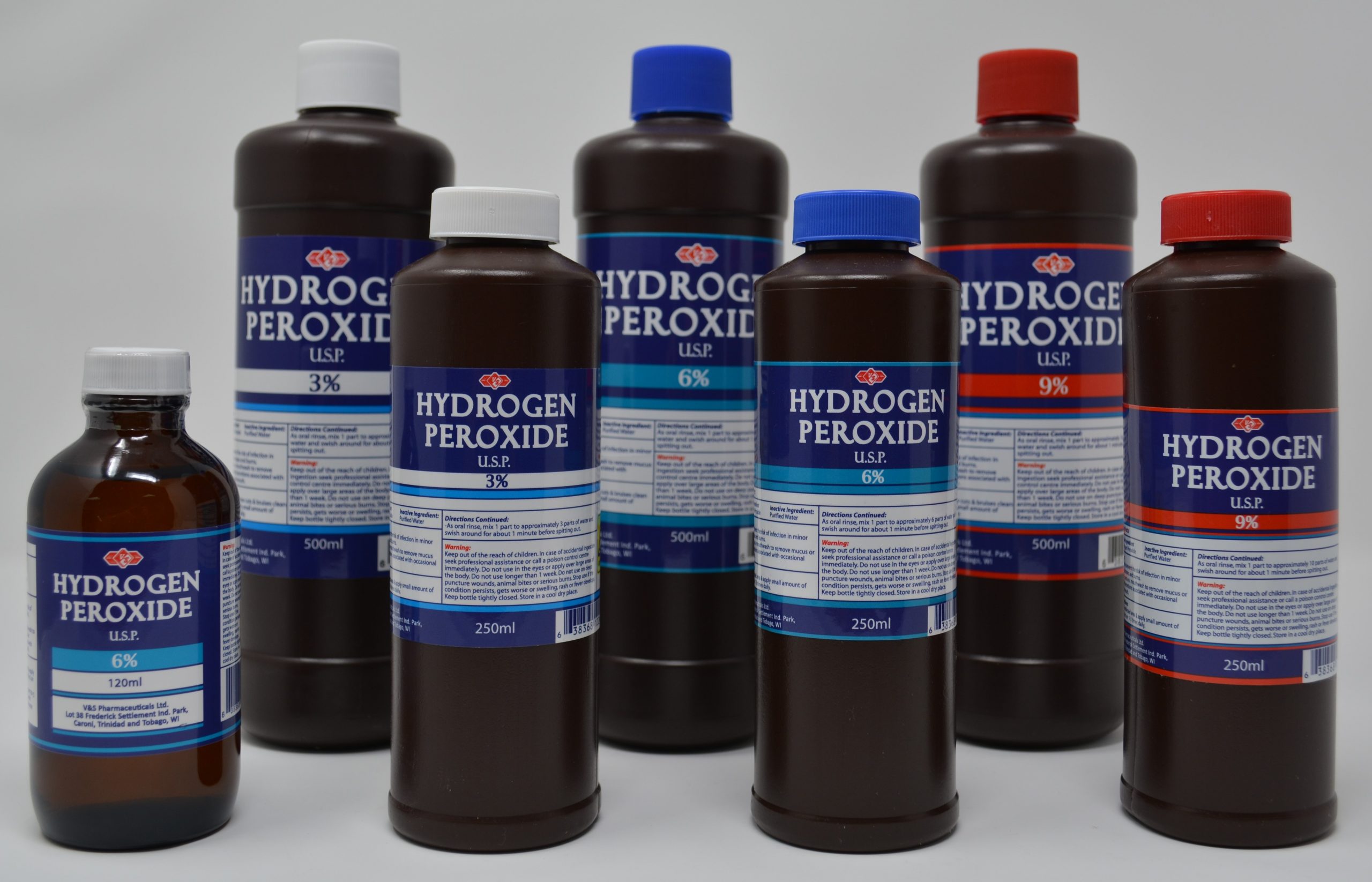


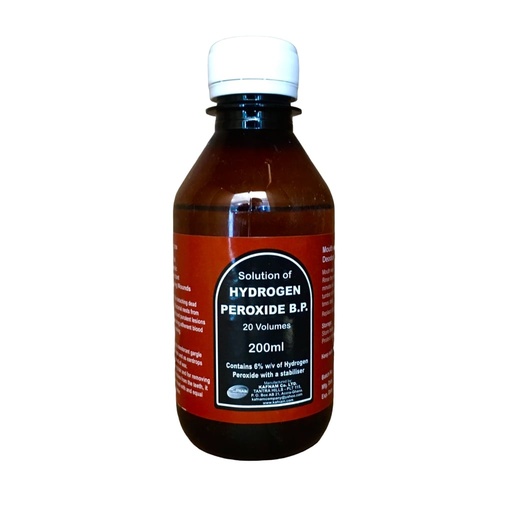
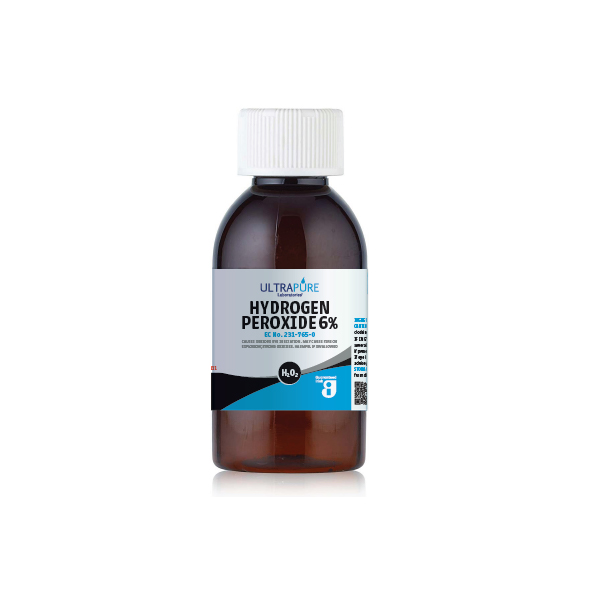
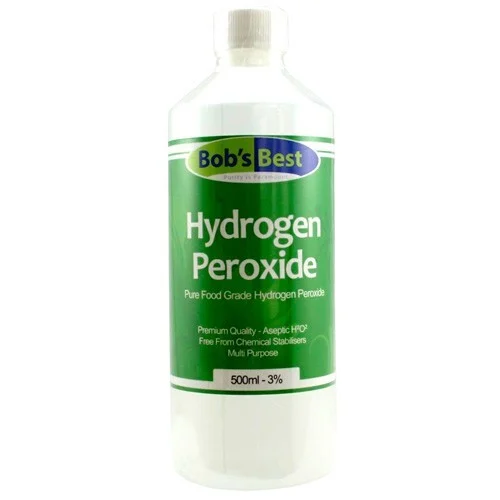
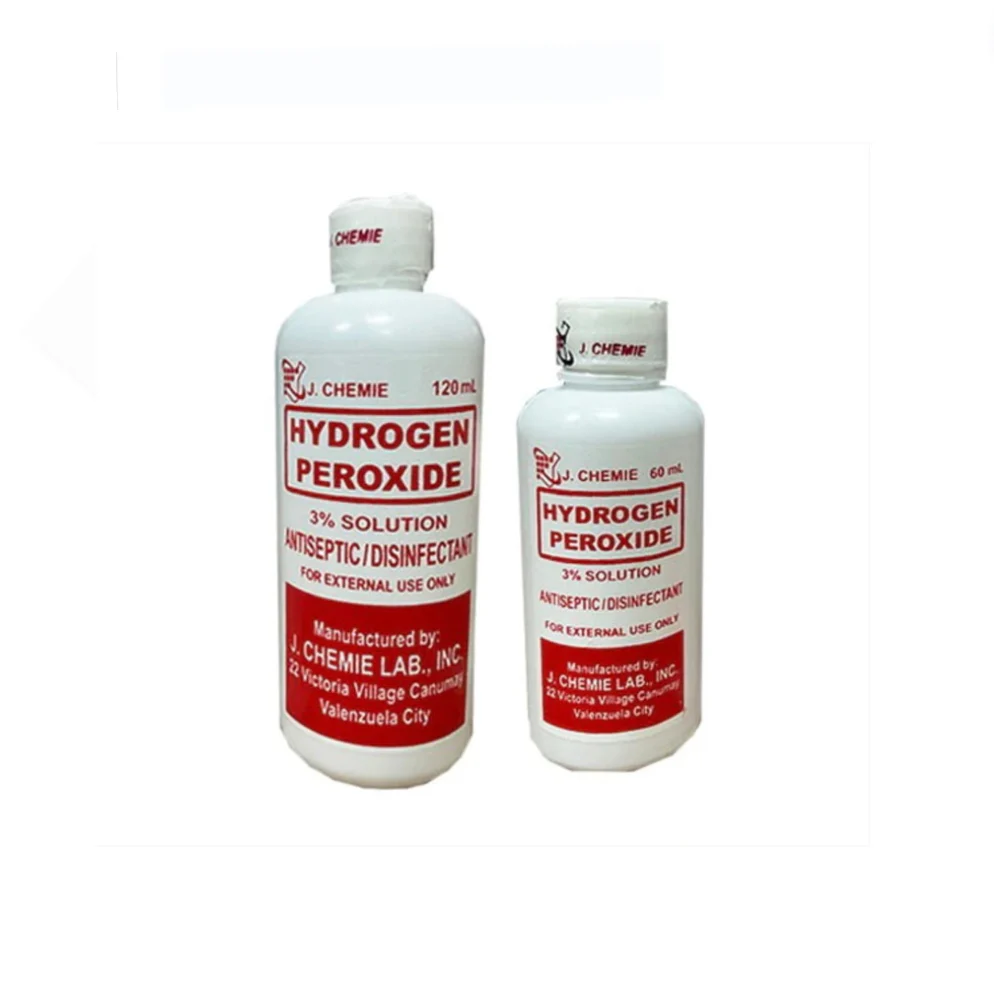
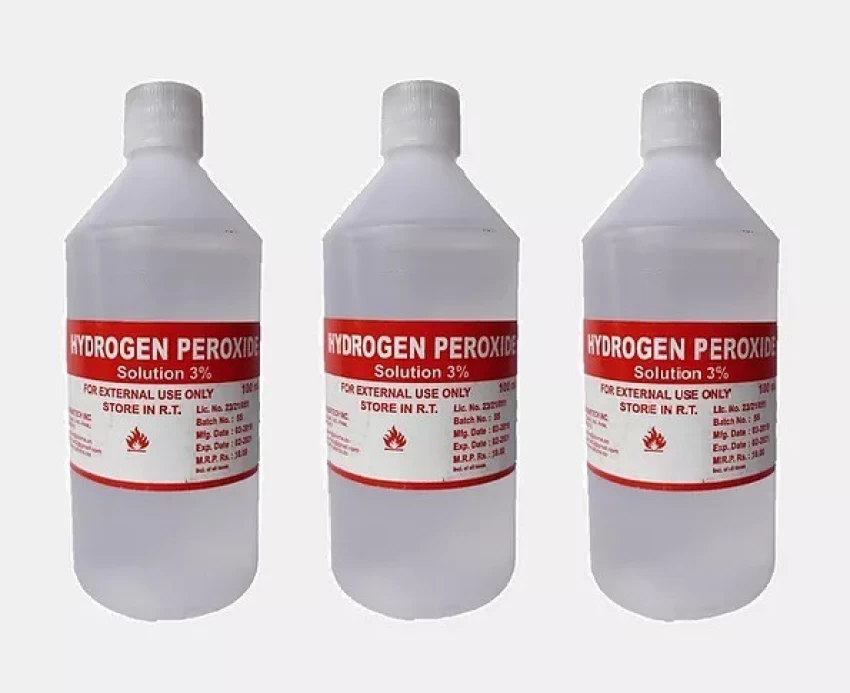

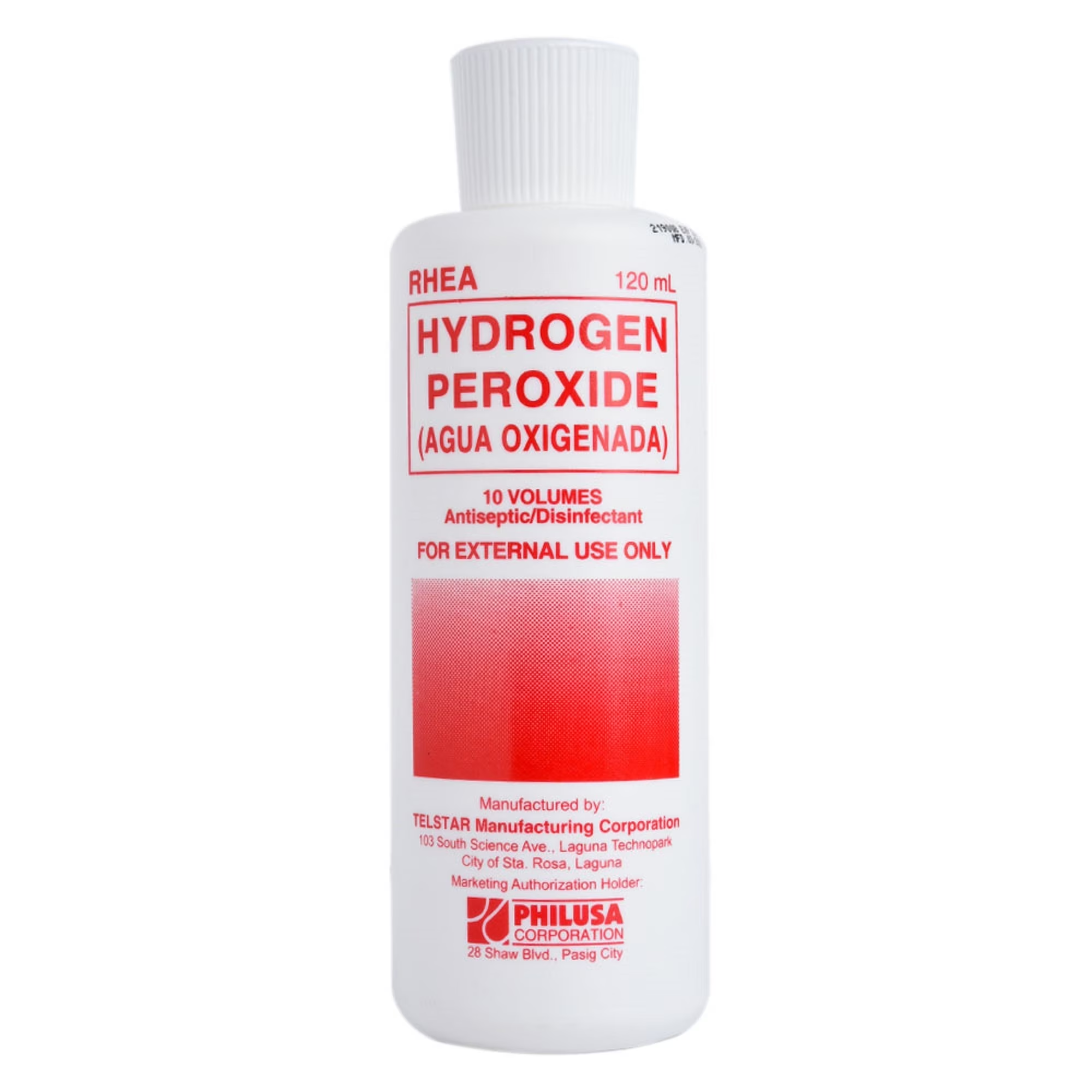
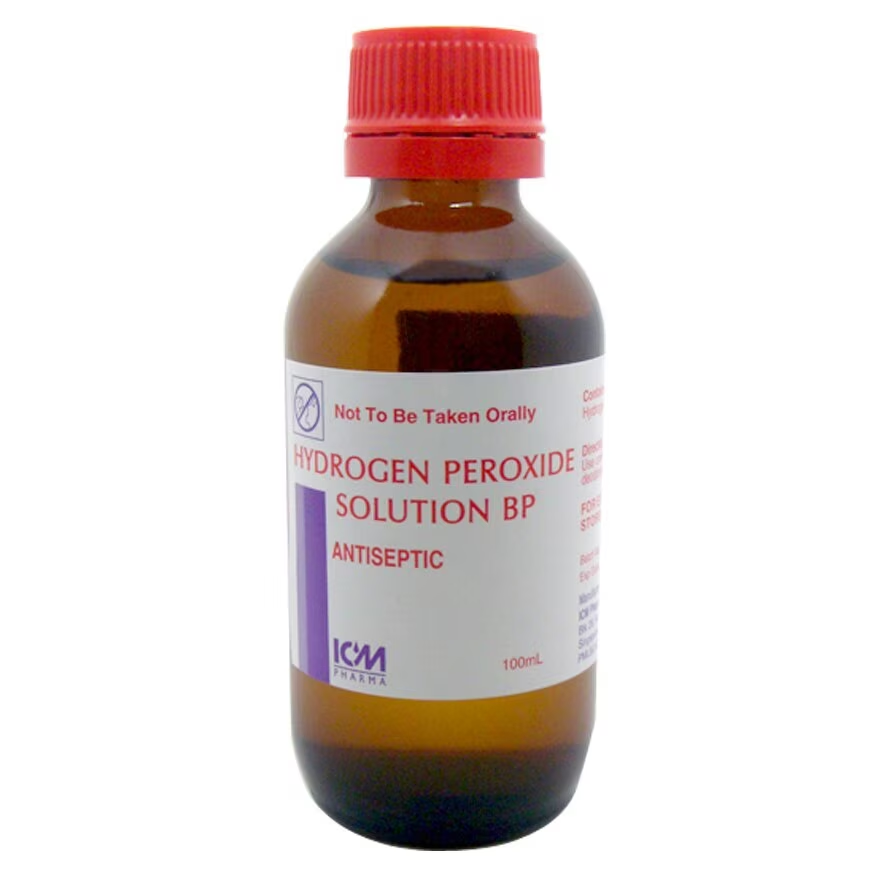
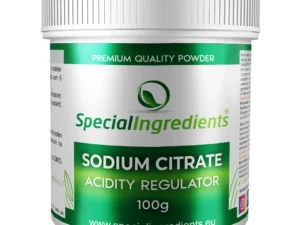


Reviews
There are no reviews yet.